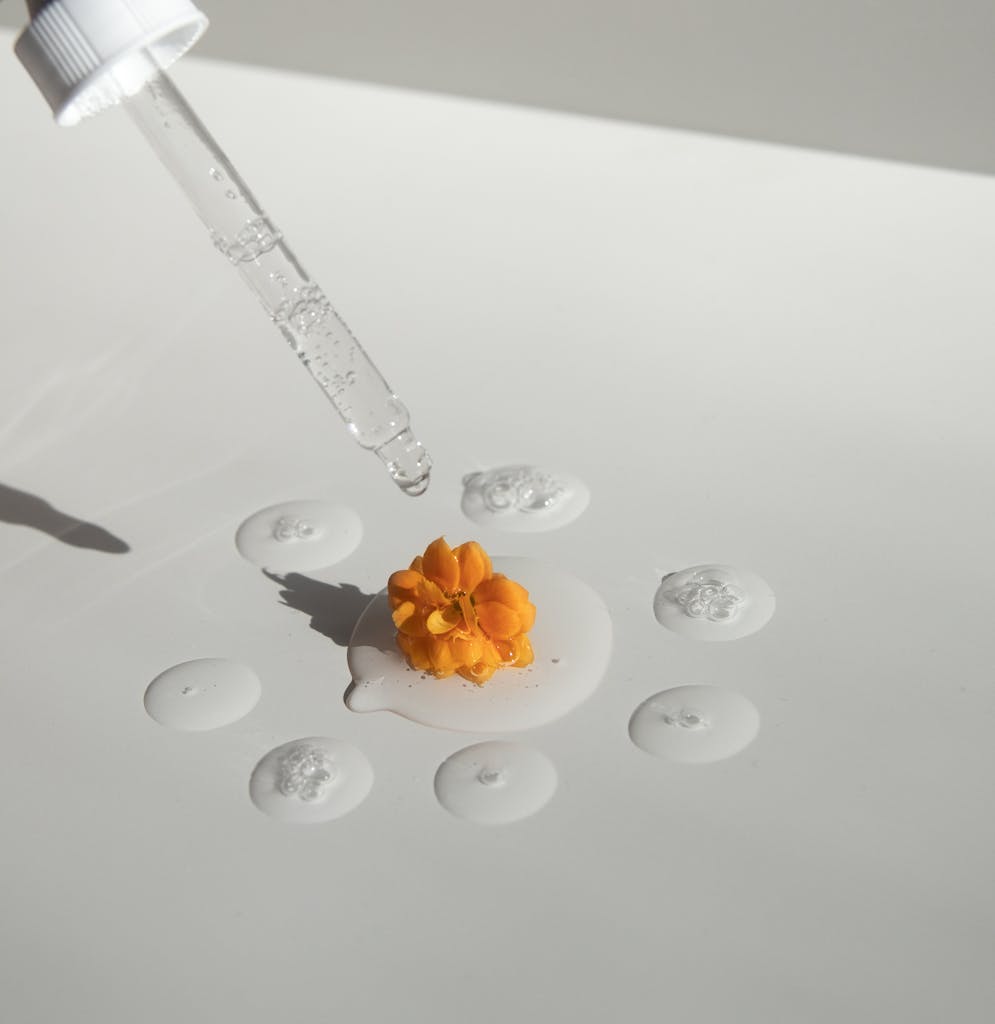All About Skincare Labels And What You Should Know And Why
Taking care of our skin is important, but understanding Product of skincare labels can be confusing. There are many ingredients to decipher and claims to evaluate. With some basic knowledge, we can decode labels and choose products suited to our individual needs.
Making Sense of Ingredient Lists
Decoding ingredient lists is crucial for safe and effective skincare. Each component serves a purpose – some beneficial, others potentially irritating. Taking the time to understand them allows you to make informed choices.
Common ingredients like aloe, glycerin, and vitamin E provide hydration and soothing properties. Actives like retinol, vitamin C, and hyaluronic acid deliver targeted benefits for specific concerns. However, concentrations matter – more isn’t necessarily better.
Preservatives inhibit microbial growth, extending product shelf life. Parabens and phenoxyethanol are common, but some have raised health concerns in high doses.
Fragrances can be problematic for sensitive skin. Synthetic varieties often cause irritation. Even natural fragrances may trigger reactions in some individuals. Fragrance-free formulas are ideal for easily inflamed complexions.
Active Ingredients
Active ingredients are the star players delivering real, tangible benefits to your complexion. While modest in concentration, these hardworking heroes pack a powerful punch.
Some heavy-hitters include:
- Retinoids (like retinol) – Vitamin A derivatives that improve texture, soften lines, and rev up collagen production.
- Vitamin C – A brightening antioxidant that shields against environmental aggressors while stimulating collagen synthesis.
- Hyaluronic acid – A powerful humectant that attracts and binds moisture, leaving skin intensely hydrated.
- Alpha hydroxy acids (glycolic, lactic) – Chemical exfoliants that dissolve dead, dull surface cells for radiant renewal.
Start with lower concentrations, allowing time for your skin to acclimate. Gradually increase as tolerated, being mindful of any irritation. Perseverance and using the right formulas will reveal a fresher, more youthful glow.

Preservative Of Skincare Labels
These ingredients safeguard products against microbial invaders that cause spoilage and contamination. Without preservatives, skincare formulas become susceptible to bacteria, mold, and fungi growth – not something you want anywhere near your face.
Commonly used options include:
- Parabens (methylparaben, propylparaben) – Synthetic preservatives facing scrutiny over potential hormone disruption.
- Phenoxyethanol – A paraben alternative considered safer for most.
- Benzyl alcohol – Plant-derived with natural antibacterial capabilities.
- Potassium sorbate – An effective mold and yeast inhibitor.
While some preservatives spark health controversies, they exist in extremely low, regulated concentrations. However, those with sensitivities may prefer paraben/formaldehyde-free offerings from clean beauty lines.
It’s also wise to note the opened products’ expiry dates. Once exposed to air and bacteria, preservatives gradually lose efficacy over time, increasing contamination risks. Discoloration, changes in smell or texture, and other signs of deterioration signal it’s time to discard.
The Fragrance Factor
While fragrances lend appealing aromas, they can trigger skin sensitivities and irritation. These aromatic additions rank among the top complexion aggravators.
Synthetic fragrances tend to instigate more reactions than their natural counterparts derived from plants. However, even botanical scents may prove problematic for those prone to sensitivities or allergies.
The safest bet? Fragrance-free formulations omit these potentially irritating components altogether – both synthetic and natural varieties. Truly unscented products contain zero aromatic ingredients.
However, not all “unscented” labels are completely devoid of fragrance. Some formulas employ masking agents to neutralize scents while still containing aromatic compounds. Always inspect ingredient lists thoroughly.

Cutting Through the Marketing Jargon
Skincare labels are rife with enticing claims and buzzwords intended to sell products. But separating fact from fiction is crucial to avoid being misled.
Some terms have legitimate, regulated meanings:
- Non-comedogenic – Confirms a formula won’t clog pores.
- Fragrance-free – No added scents, aromatic ingredients, or masking agents.
- Non-acnegenic – Won’t cause breakouts or clogged pores.
However, others are more ambiguous marketing fluff:
- Hypoallergenic – No testing methods have been accepted to validate this claim.
- Natural – An unregulated term that can include synthetic ingredients.
- Dermatologist-tested – Doesn’t inherently imply professional endorsement.
Organizations like the FDA and FTC set policies governing which claims require solid proof versus those that can be used loosely for promotion. Understanding these nuances helps identify backed-up statements.
Steer clear of products making outrageous, too-good-to-be-true promises like “erases wrinkles overnight” or “reverses aging in weeks.” Credible brands rely on modest, grounded language to promote visible but realistic results achieved over time. Exaggerated claims should immediately raise skepticism.
“Natural” and “Organic” Skincare Labels
Sorting out what truly constitutes “natural” and “organic” skincare is no easy feat amidst the marketing noise.
“Natural” remains an ambiguous, unregulated descriptor within the beauty industry. A product can proudly brandish this claim while still harbouring synthetic components. There are no enforced standards.
Organic formulations, however, face stricter criteria and certification protocols. These mandate a high proportion of certified organic botanicals while heavily restricting synthetics. Some non-organic preservatives get a pass, though.
Legitimate organic seals to look for include USDA Organic, COSMOS, and NaTrue certifications. However, global nuances in organic labelling and regulations exist.
Don’t blindly assume natural or organic automatically translates to gentler or superior skincare Labels. Botanical extracts can absolutely trigger reactions in sensitive individuals. Real-world performance hinges more on the specific actives and percentages present versus naturality alone.

“Hypoallergenic” and “Non-Comedogenic”
“Hypoallergenic” and “non-comedogenic” frequently crop up on skincare labels, but do you really know what they signify?
Hypoallergenic means a product contains fewer allergens and is less likely to trigger allergic reactions. However:
- There are no regulated testing methods or standards defining this term.
- Individual sensitivity still varies – a “hypoallergenic” formula may irritate some.
Non-comedogenic indicates a product won’t clog pores or cause comedones (blackheads/whiteheads). Even so:
- Formulations can still congest pores on acne-prone or oily skin types.
- Proper cleansing and avoiding heavy occlusives is advisable.
The reality? No skincare product is truly hypoallergenic or non-comedogenic for everyone across the board. Your individual skin concerns and allergies take precedence over these claims.
Patch testing remains crucial before integrating new items, especially for sensitive types. This allows you to assess any adverse reactions before full application.
Don’t Ignore Those Expiry Dates
No matter how luxurious, every skincare product eventually reaches the end of its shelf life and starts degrading. Heeding expiration dates is critical to avoid exposing your skin to expired, ineffective or contaminated formulas.
Most water-based products like lotions, creams, and serums typically last 6-12 months after opening. Oil-based items tend to have a longer 12-24-month shelf life once unsealed.
However, various factors impact each product’s expiry timeline:
- Type and concentration of preservative system
- Packaging (pump, jar, tub – exposure to air)
- Storage conditions like light, heat, humidity
Beyond printed dates, be vigilant for telltale signs a formula has spoiled:
- Off, funky odors
- Visible separation, texture changes, discolouration
- Thickening or drying out
These indicate bacterial overgrowth, mold, or the breakdown of key active ingredients – compromising the product’s integrity and performance.

PAO (Period After Opening) Symbol
That cryptic-looking PAO (Period After Opening) symbol indicates the timeframe a newly opened product will remain stable and effective once unsealed.
It consists of a jar icon accompanied by a numeric value – typically ranging from 3-24 months. This number specifies how long the formula’s preservative system can stave off contamination after air exposure.
For example, a 12M designation means using that product within 12 months of initially opening for optimal safety and performance.
While the manufactured date provides a baseline guideline, the PAO is arguably more crucial to follow for any container that’s been cracked open and exposed to air/bacteria.
Maximizing Product Longevity
Where and how you store skincare makes a big difference in extending its viable shelf life. The wrong conditions can destabilize formulas fast.
Heat, direct sunlight, and humidity are the prime enemies accelerating active degradation and promoting bacterial growth:
- High temps above room temperature speed up chemical reactions
- UV exposure breaks down antioxidants and other key ingredients
- Moisture allows microbes to proliferate rapidly
To preserve potency and prevent premature spoilage:
- Store products in a cool, dry place away from bathrooms/showers
- Keep items tightly capped when not in use
- Avoid leaving products in direct sunlight or warm areas
- Refrigerate delicate antioxidant-rich formulas like vitamin C serums
With proper storage practices, you’ll get your money’s worth before hitting their expiration dates.

The Importance of Patch Testing
Before integrating any new skincare product, it’s wise to conduct a patch test, especially if sensitive skin is prone to irritation or allergies.
A patch test involves applying a small amount of the new formula to a discreet area like the inner arm or behind the ear. After 24 hours with no adverse reaction, it can be deemed safe for broader use.
This crucial step allows you to assess potential issues before applying the product to your face and body. Redness, stinging, bumps, or rashes signal that the formula may not be suitable for your skin.
If a reaction does occur during patch testing:
- Discontinue use immediately and rinse the area thoroughly
- Don’t use the product again unless consulting a dermatologist
- For severe reactions like swelling, seek medical attention promptly
Patch testing is quick insurance against nasty flare-ups. It eliminates risky guesswork when sampling new skincare lines.
Conclusion
Decoding those tiny print ingredient lists and lofty product claims is crucial. Don’t let yourself get duped by flowery marketing language. With some basic knowledge, you’ll be equipped to make skincare choices aligned with your specific skin type and concerns.
No matter what beauty brands promote, the ultimate goal should be nurturing your complexion’s unique needs. Stay sceptical of buzzy claims and always scrutinize new products objectively. A quick patch test provides essential insight into whether you’re sensitive or reactive.







